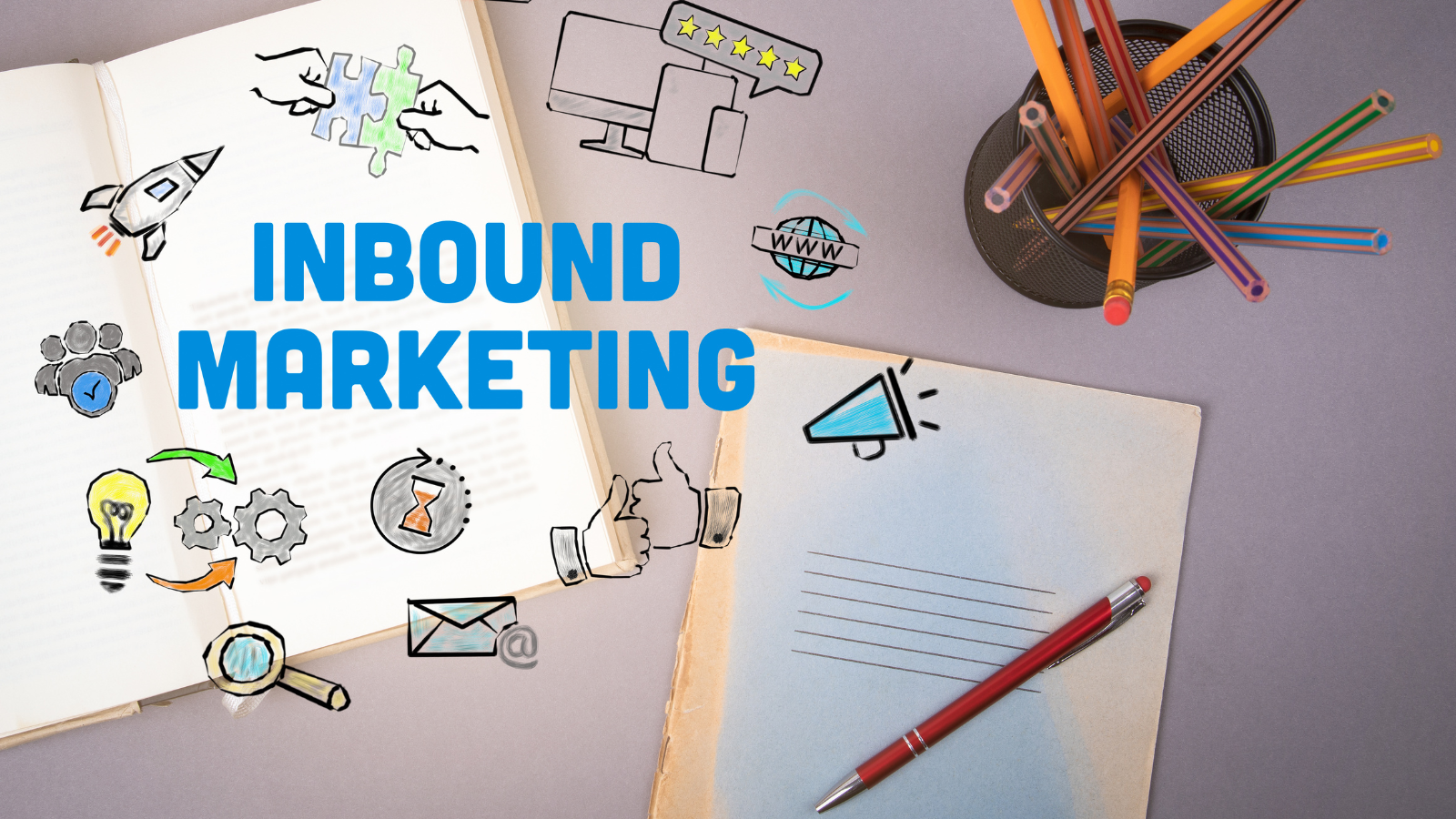1 min read
5 Ways to Increase Sales Qualified Leads With Inbound Marketing
Did you know that 74% of organizations rely on inbound marketing, and that over half of marketers believe that inbound marketing leads to higher ROI?...
2 min read
 Maryanne McWhirter
:
May 15, 2023
Maryanne McWhirter
:
May 15, 2023


As a business owner, you invest time and resources into inbound marketing to attract new customers, but how do you know if it's actually working?
Time and time again, we hear, “Inbound marketing doesn’t work for my business,” but often the truth is that inbound marketing has not been executed well enough to provide results. Keep reading to learn five ways to determine if your inbound marketing efforts are paying off and how to improve them.
Inbound marketing centers around valuing and empowering potential buyers along their purchase journey. This involves turning strangers into visitors, visitors into leads, leads into customers, and customers into promoters.
Inbound marketing isn't just a program you implement or a campaign you launch; it's a shift in how you do business. It is a change in how you interact with your prospects and customers.
If you have started inbound efforts, but are not seeing the results you desire, check in on these five ways to determine if your inbound marketing is actually working:
Your website is the center of your inbound marketing efforts, so tracking its traffic is crucial. Monitor the number of unique visitors, page views, bounce rates, and time spent on the site. These metrics can tell you how engaged your visitors are, how effective your content is, and where you need to improve. What are users learning and experiencing on your site and with your brand?
Lead generation is the ultimate goal of inbound marketing. If you're not generating leads, then your inbound efforts aren't working. You would be surprised how many businesses go through all the steps of setting up inbound marketing and then fail to set up lead flow and know where their leads go! Track the number of leads you're generating, the conversion rates of your landing pages, and the quality of the leads. Are they converting into customers? If not, it may be time to revisit your content and offers.
Social media is an important component of inbound marketing. It's a great way to build relationships with your target audience, promote your content, and generate leads. Track your social media engagement by monitoring your interaction on social platforms and your clicks to your website. Analyzing these metrics can help you determine which social channels work for you to create real leads.
Email marketing is still one of the most effective ways to reach and engage with your target audience. Evaluate your email marketing performance by monitoring open rates, click-through rates, and conversion rates. These metrics can help you determine the effectiveness of your content and communication with people already in your database and on their buyer's journey! Learn from where they are clicking in your emails and what they are responding to.
Ultimately, inbound marketing should generate a positive return on investment (ROI). Track your ROI by monitoring your revenue generated from inbound leads and comparing it to the cost of your inbound marketing efforts. If your ROI is negative or not meeting your goals, it may be time to reevaluate your inbound marketing strategy and reoptimize the content you have already created.
Inbound marketing can be a game-changer for your business if executed correctly. You can determine if your inbound marketing efforts are paying off by tracking website traffic, analyzing lead generation, measuring social media engagement, evaluating email marketing performance, and reviewing your ROI. Then you can make the necessary improvements and optimizations to continue.
The way buyers research and make decisions has changed, and as brands, we need to too. If you want help making your inbound marketing strategy effective, reach out to our experts at LeadG2!

1 min read
Did you know that 74% of organizations rely on inbound marketing, and that over half of marketers believe that inbound marketing leads to higher ROI?...

Inbound marketing is a popular style of marketing that centers around valuing and empowering potential buyers along their purchase journey. Inbound...

Inbound marketing has proven effective for all businesses that implement the right strategies. From business-to-business (B2B) and...